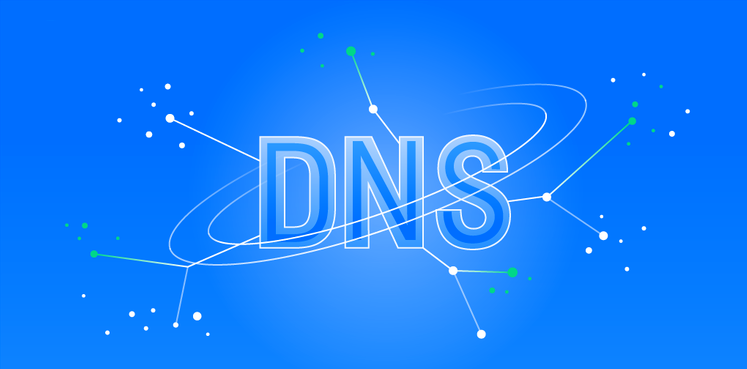Why did Cyrillic domains appear?
For more than 10 years now, you can find more than just Latin characters in domains. The URL can use Cyrillic alphabet, Chinese characters, and Arabic script. This idea originated in the mid-2000s at ICANN (Internet Corporation for Assigned Names and Numbers). The opportunity to register a Cyrillic domain first appeared in 2010. Previously, the format allowed only Latin characters.
The introduction of Cyrillic domains has significantly increased the accessibility and usability of the Internet for users. It should be noted that the introduction of Cyrillic names also entailed some technical and organizational changes in the Internet infrastructure to support the new functionality. Previously, browsers did not display Cyrillic characters in the address bar.
The purpose of having such website addresses is convenience. It is more convenient for users to type the address in the browser bar in the usual layout than to search for Latin letters on the keyboard. Sometimes owners of Internet resources register a Cyrillic name, and then set up a redirect to the English domain.
In Ukraine, it is possible to register a Cyrillic domain name in the .ukr zone. According to many marketers, this opens up advantages in both online and offline promotion and simplifies interaction with the Ukrainian audience. You can check the availability of a Cyrillic domain name in the general WHOIS database.
How popular are such domains?
Traditional Latin script domains continue to take the palm. These are universal names suitable for any country and international projects. They have no coding problems, any services on the internet can work with them.

The popularity of Cyrillic names depends on the specific industry and target audience. Some Ukrainian companies choose Cyrillic domains to create Ukrainian-language and Russian-language projects focused only on the domestic market.
The peak of popularity of Cyrillic domain names came in the early 2010s, right after their appearance. Many companies and webmasters abandoned them after a few years, and went back to traditional Latin script domains.
Will there be problems when SEO-promoting a Cyrillic domain?
A common myth among internet marketers and SEO specialists is that it is more difficult to promote Cyrillic domains. In the past, this problem did exist – not all search engines understood Cyrillic characters, so you had to convert them to Latin. Today there is no such problem – all major search engines, including Google and Bing, support Cyrillic in URLs. Google Analytics and Google Search Console recognize such addresses.
Backlinks to a Cyrillic domain can present some difficulties, because the link will be converted to Unicode. As a result, your site will be led to a link format xn—-8sbaqbevmvn5a2p.xn--p1ac, rather than familiar characters.
Take into account that the Cyrillic alphabet in the domain name is convenient for the target audience in Ukrainian or Russian, but at the same time may limit the attraction of an international audience.
In general, proper Cyrillic domain optimization and promotion requires taking these factors into account and applying appropriate strategies.
Whether to register Cyrillic domains
The decision to register a Cyrillic domain depends on your goals. The main disadvantages of such domain names are unsightly external links, problems with encoding, inability to customize mail and difficulties in international promotion.
If you do not need mail on the domain and you are focused on the local market, a Cyrillic name can be a good solution for promotion in Ukraine. A .ukr domain name has an important advantage – it does not require a registered trademark, as it is necessary to buy a .ua domain.
A popular solution is to register a Cyrillic domain in addition to the Latin domain. By setting up redirects, you can direct users to a single site, thus reaching a larger audience. And if you want to make money on domains, we offer domain name reselling on favorable terms.








